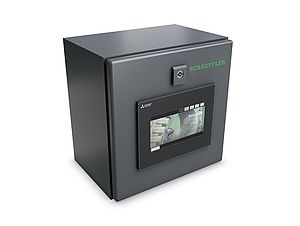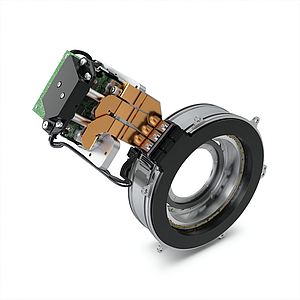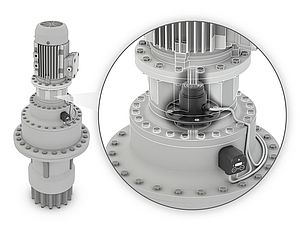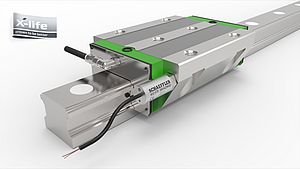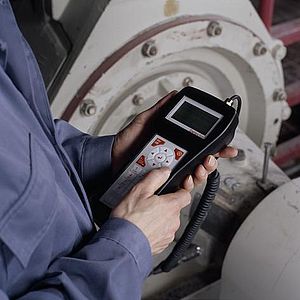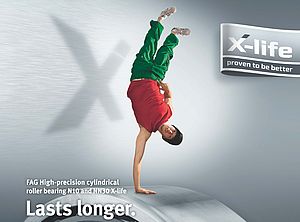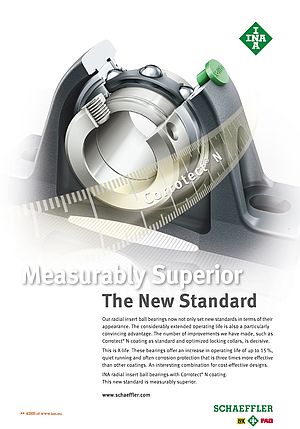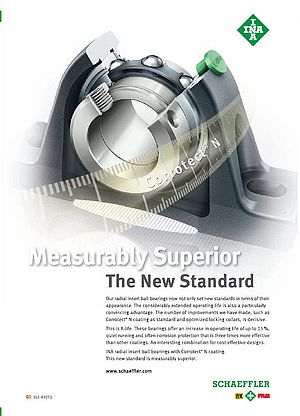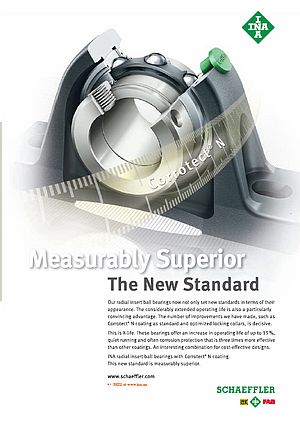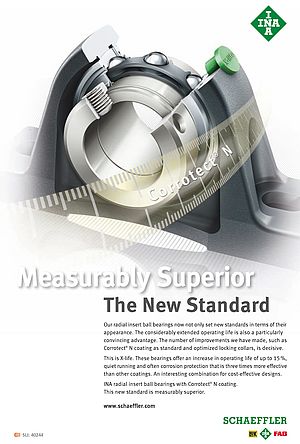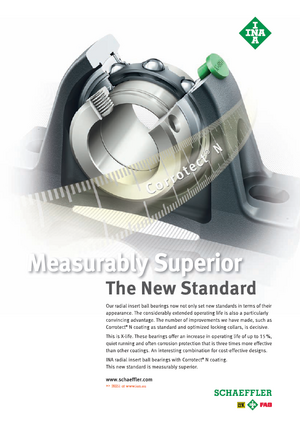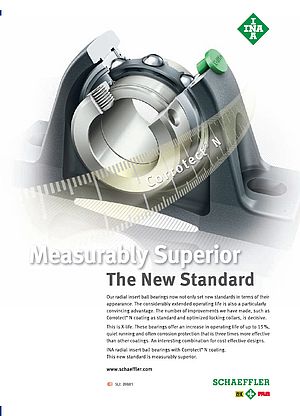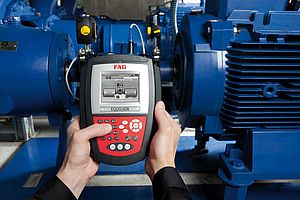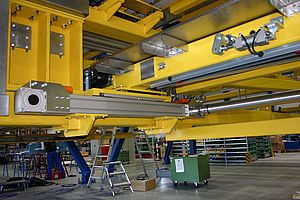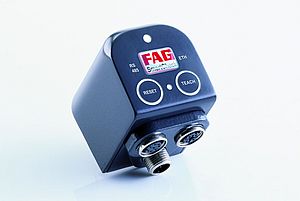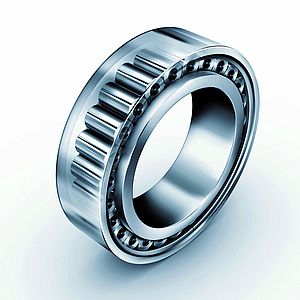Precision rolling bearings play an important role in improving the reliability and safety of wind, wave, tidal and solar energy systems. They help to protect the significant investments by ensuring maximum availability of renewable energy sources.
One of the greatest engineering challenges that we face today is in meeting global energy requirements while preserving the environment. Although solar energy will certainly play its part, in the wind, wave and tidal energy systems will be the most likely future sources of renewable energy. In the UK wind energy sector, for example, experts predict that by 2020, more than 6,000 wind turbines will need to be installed in the UK if the country’s future energy targets are to be met.
Investment in renewable technologies requires a significant financial commitment. Protecting this investment by ensuring maximum availability of wind, wave and tidal turbines is therefore critical. As a manufacturer of high precision rolling bearings, Schaeffler will continue to play an important role in improving the reliability and safety of wind, wave, tidal and solar energy systems.
Rolling bearings are a core component of renewable energy systems and are key to reducing operator costs. The design of low friction bearings for a wind turbine rotor shaft and gearbox, for example, are important considerations, as well as the associated lubrication methods for the bearings, mounting, maintenance and the use of remote condition monitoring and diagnosis techniques to ensure that maintenance costs are minimised and service life is increased.
In a typical wind turbine drive train, rolling bearings are used to support the rotor, alternator and gearbox. Plain bearings are found in blade adjusters in pitch-controlled wind turbines and in geared motors that drive the tower slewing ring and pitch control. Over the next decade, the significance of rolling bearings will increase as new, larger, multi-Megawatt class wind turbines are developed.
This trend towards larger, multi-megawatt wind turbines will lead to more radical changes in the design of the bearings. ‘Single bearing’ designs will become increasingly important.
With single bearings, the wind turbine rotor is supported only by a single, double row tapered roller bearing, typically in a back-to-back arrangement that supports all forces and moments. This concept can take many different forms, for example, with a shaft and gearbox and a high-speed generator, as a hybrid solution with shortened gearbox and medium-speed generator, or as a direct drive without a gearbox. Single bearings always result in more compact designs. For example, the wind turbine nacelle can be fully integrated with the bearing-gearbox-generator unit. This means that it is possible to eliminate drive train components and reduce weight. This in turn reduces the head weight of the wind turbine, allowing smaller foundations to be used and simplifying logistics.
Another advantage of the single bearing design is that preloaded tapered roller bearings can be utilised, which prevent axial clearance and small axial misalignments. This narrow, tight guidance of the rotor shaft means that less movements act on the system, reducing the negative effects on the gearbox and generator.
Spherical roller bearings are already playing an important part in several high profile European wave and tidal energy systems, including the Pelamis P2 wave energy converter. Key to the success of this development is a new joint concept that utilises a new low friction material developed by Schaeffler. This modified PTFE fabric liner has low friction characteristics that effectively eliminate the problem of ‘stick-slip’. This has enabled the operating envelope of the P2 machine to be extended beyond the capabilities allowed by standard bearing materials.
Rolling bearing calculation software, Finite Element Analysis (FEA) and dynamic simulation tools will also play a critical part in developing next-generation renewable energy systems. For this to succeed, collaborative development projects between multiple component suppliers will be necessary.
Schaeffler is currently working closely with three companies – a gearbox manufacturer, a wind turbine manufacturer and a software developer – to develop new simulation software that is able to calculate the dynamic operating loads acting on wind turbine powertrains. Used in combination with FEA tools, this complex, multi-body simulation (MBS) model will enable design engineers to optimise the design of individual powertrain components and to establish how these interact with other systems across the entire powertrain. Simulation tools such as these, which can be used at the initial wind turbine design stage, will prove invaluable in helping to make future wind turbine designs more reliable and cost effective under a wide variety of load conditions. New bearing designs can be developed and tailored to specific wind turbine requirements, including turbines for both onshore and offshore wind farms.
Bearings and simulation
for renewable energy systems
- by Schaeffler Technologies AG & Co. KG
- March 12, 2012
- 158 views






